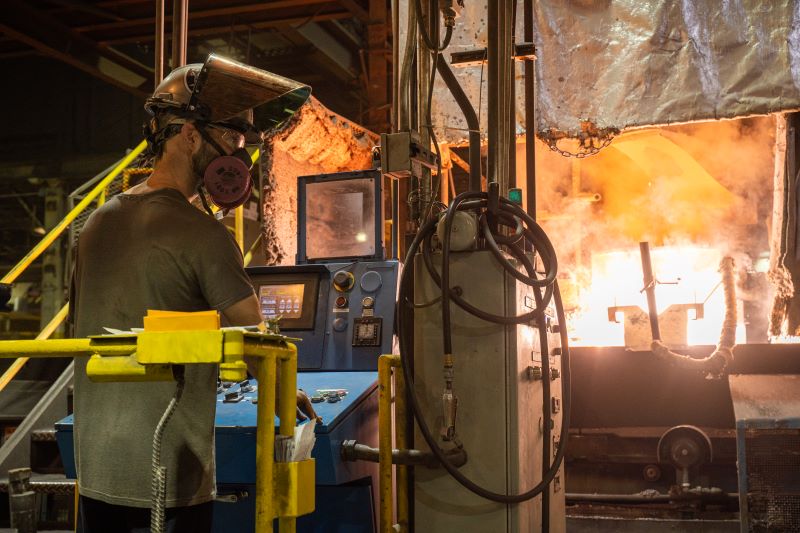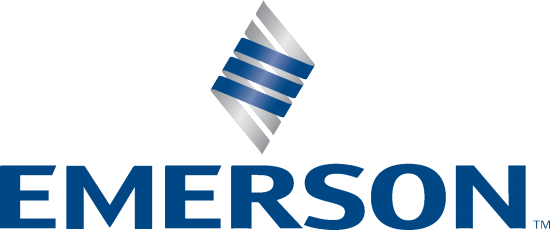Ductile iron — sometimes also referred to as ductile cast iron, nodular (cast) iron, spheroidal graphite iron, or SG iron — has been an industry favorite since its invention in the 1940s and gradual refinement in the '50s, '60s, and beyond. The reason? Nodular graphite inclusions dot its infrastructure, raising the hardness of ductile iron to a level that traditional cast iron (aka gray cast iron) does not have.
Composition of ductile iron
Unlike the graphite flakes in gray cast iron, spheroidal graphite holds ductile iron together without fracturing as it bends and acts as a built-in buffer against wear. This results in products with enhanced ductility, tensile and yield strength, heat dissipation, and vibration and sound-dampening properties than their gray cast iron counterparts. Additionally, the service temperature of ductile cast iron allows it to perform effectively in a wide range of thermal environments.

THE DUCTILE IRON Production PROCESS
The higher the nodule count in the ductile iron casting, the better its strength and elongation properties. At Urick Foundry, we achieve consistently high nodule counts through vertical in-mold inoculation. In this method, molten iron is inoculated with magnesium as it's poured into each mold, ensuring uniform distribution both within the mold and between molds. Our proprietary vertical ductile iron production process minimizes gas bubbles and other structural deficiencies, while consistently producing ductile iron nodularity rates of 85% or better — far exceeding ASTM A536 industry standards. The ultimate strength of ductile iron is significantly enhanced through this process.
BENEFITS OF Our DUCTILE IRON Casting process
FLEXIBILITY
Ductile cast iron's properties offer flexibility in terms of both physical attributes and design. Its castability, machinability, and ability to elongate and deform without fracture are far beyond gray cast iron.
ECONOMY
Ductile iron comes in at a significantly lower price point than cast steel, and only slightly more than gray cast iron. However, its overall performance and wear resistance make it a cost-effective solution.
STRENGTH
Ductile iron is an exceptionally resilient material in terms of both yield strength and tensile strength, meaning it can withstand immense physical stress without changing shape or breaking.
SAE J434 DUCTILE IRON GRADES PRODUCED BY URICK
Urick produces SAE J434 ductile iron castings per the latest SAE J434 standards for hardness, strength, and elongation.
| Grade | Typical BHN | Tensile Strength (min) | Yield Strength (min) | % Elongation | ||
| MPa | KSI | MPa | KSI | |||
| D400 | 143-170 | 400 | 58 | 275 | 40 | 18 |
| D450 | 156-217 | 450 | 65 | 310 | 45 | 12 |
| D500 | 187-229 | 500 | 73 | 345 | 50 | 6 |
| D550 | 217-269 | 550 | 80 | 380 | 55 | 4 |
| D700 | 241-302 | 700 | 102 | 450 | 65 | 3 |
| D800 | 255-311 | 800 | 116 | 480 | 70 | 2 |
ASTM A897 / 897M-06 Austempered Ductile Iron (ADI) casting
Austempering is a heat treatment process that enhances ductile cast iron properties, namely hardness and toughness. This process also optimizes the service temperature of ductile cast iron, allowing it to maintain its mechanical properties across a broad temperature range.
Urick is capable of providing various ADI grades through our trusted partner Applied Process, per the latest standards set forth by ASTM A536 (American Society for Testing and Materials).
Ductile iron production process Faq
What is ductile iron?
Ductile cast iron is iron that has been treated with magnesium and other elements to enhance its ductility, or ability to stretch when tensile force is applied. A ductile metal is better able to be pulled or bent in various directions while resisting snapping or breaking.
What is the difference between ductile iron and cast iron (aka gray iron)?
What is ductile iron composed of?
Have more questions?
Contact Us


